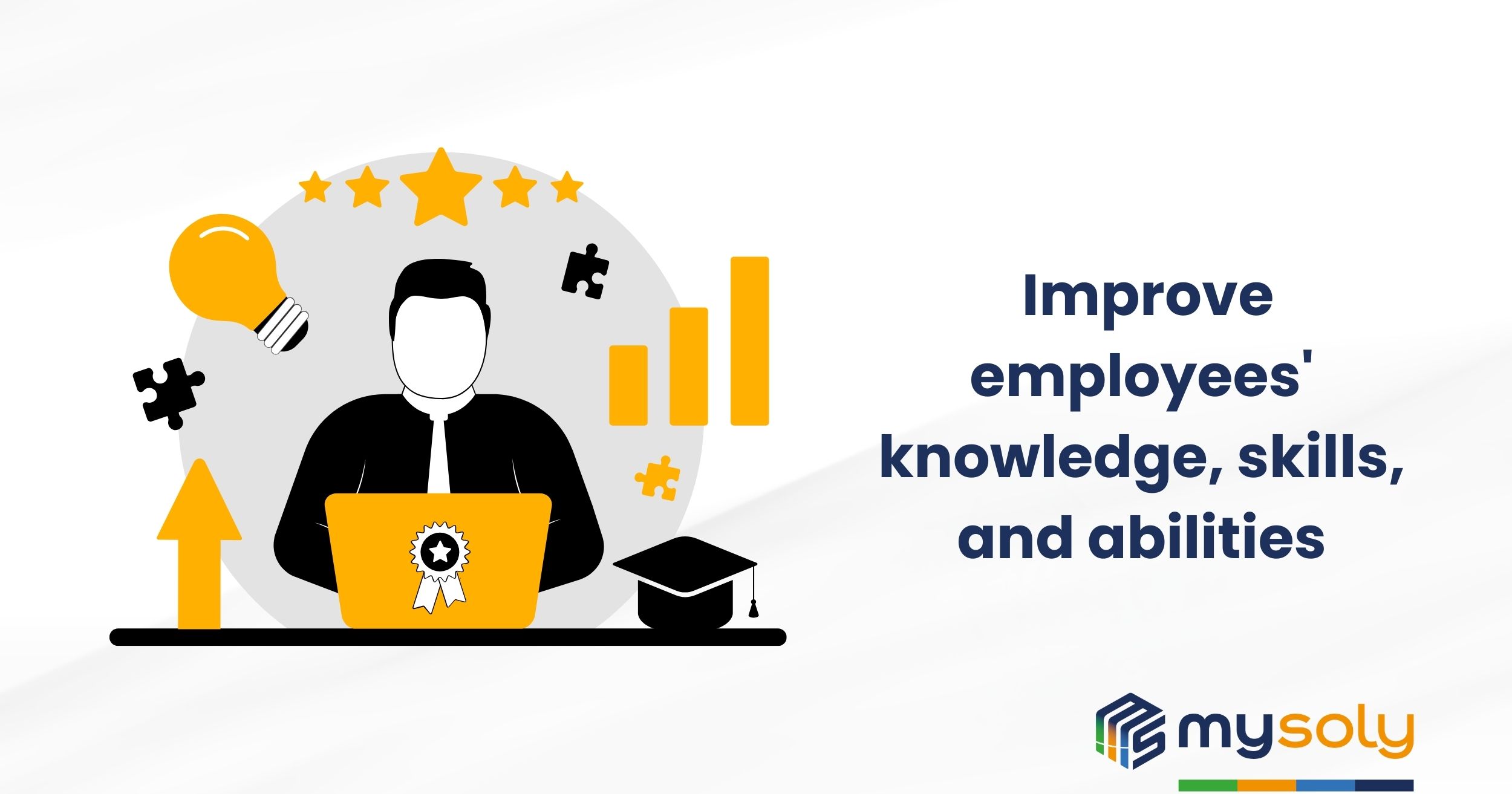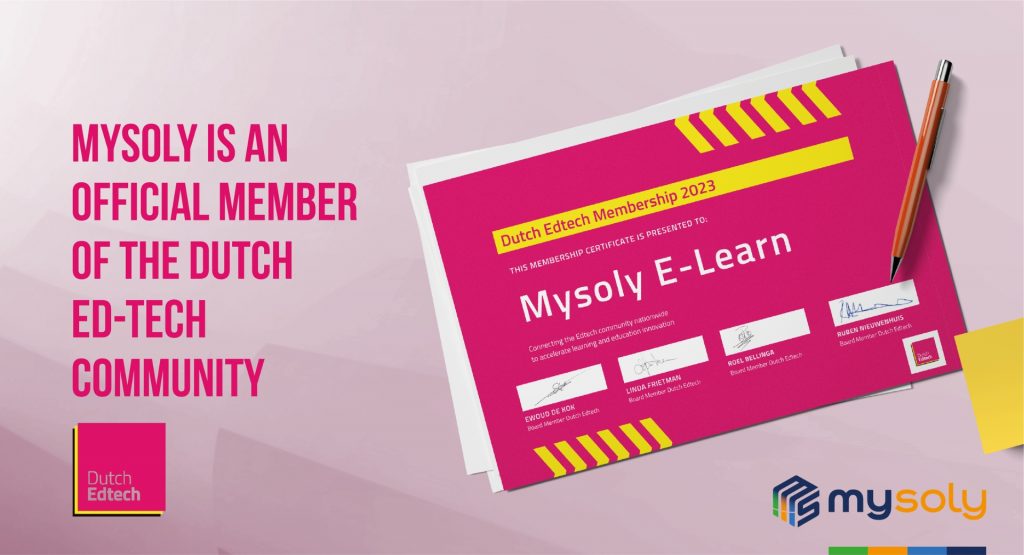What is learning and development (L&D)?
Learning and Development (L&D) is a strategic approach that focuses on improving employees’ knowledge, skills, and abilities. It helps individuals grow professionally and personally, ensuring they can perform their jobs effectively while preparing for future challenges. Companies use L&D to create a workforce that adapts to changes and achieves business goals.
What makes L&D different from training and education?
Although the terms “learning,” “development,” “training,” and “education” are often used interchangeably, they are not the same.
- Learning involves gaining knowledge or skills through experiences, reading, or guidance. For example, an employee might learn problem-solving skills by working on complex tasks.
- Development focuses on long-term growth. It helps employees master their current roles and prepares them for future responsibilities. For instance, leadership training equips employees to take on managerial roles in the future.
- Training addresses current job needs. It provides employees with the tools to handle immediate tasks or challenges. For example, onboarding sessions train new hires on company policies and workflows.
In short, if training focuses on the present, development looks toward the future.
Why is L&D important for businesses?
Companies that prioritize L&D see many benefits. First, it improves employee performance because skilled employees work more effectively. Second, it boosts employee engagement. Workers feel valued when their growth is supported, which leads to higher job satisfaction.
Moreover, L&D aligns employee skills with business goals. When organizations invest in tailored programs, they build a workforce ready to meet challenges and adapt to change. Therefore, L&D contributes to a company’s long-term success.
Common activities in learning and development
L&D includes a variety of activities designed to enhance employee skills and knowledge. These activities are part of a structured plan to support individuals and the organization. Here are some common examples:
1. Performance management
Performance management ensures employees meet their job expectations. Regular feedback sessions help employees understand their strengths and areas for improvement.
2. Skill development
Skill development focuses on helping employees learn new skills or improve existing ones. For example, a customer service team might take a course on handling difficult clients.
3. Onboarding programs
Onboarding introduces new hires to the company’s culture, policies, and processes. This ensures they start their roles with confidence and clarity.
4. Leadership training
Leadership training prepares employees for managerial roles. It covers topics such as team management, decision-making, and conflict resolution.
5. Succession planning
Succession planning identifies potential leaders within the organization. It provides them with the training needed to step into key roles in the future.
6. Change management
Change management programs help employees adapt to new technologies, policies, or organizational changes. This reduces resistance and ensures a smooth transition.
7. Employee Growth Programs
Employee growth programs focus on holistic development. These may include work-life balance initiatives or mental health support programs.
How L&D Impacts Employee Well-Being
Modern L&D is not just about professional growth. It also considers employee well-being. For example, programs that promote work-life balance help employees manage stress and stay motivated. Similarly, skill development activities build confidence and satisfaction. Employees who feel supported are more likely to remain loyal to their company.
How to Make L&D Effective
To create successful L&D programs, businesses need to:
- Understand business goals: Align learning activities with organizational objectives.
- Assess employee needs: Identify gaps in skills and knowledge.
- Provide diverse opportunities: Offer a mix of training, workshops, and online courses.
- Use technology: Implement tools like Learning Management Systems (LMS) to deliver and track training.
- Evaluate progress: Measure the impact of L&D on employee performance and business outcomes.
Mysoly: Revolutionizing L&D with AI-based LMS
At Mysoly, we understand the challenges of creating effective L&D programs. Our all-in-one digital school solutions are designed to meet the diverse needs of businesses and learners.
Mysoly’s AI-based multilingual Learning Management System (LMS) simplifies training and development. It offers features such as personalized learning paths, real-time progress tracking, and interactive course content.
Furthermore, Mysoly supports global teams with its multilingual capabilities. This ensures that employees, regardless of their location, can access quality training materials. Thanks to Mysoly, businesses can create a learning culture that drives growth and success.
In conclusion, Learning and Development (L&D) plays a vital role in enhancing employee skills and achieving business goals. Companies that prioritize L&D build a stronger, more adaptable workforce. With innovative tools, making L&D a business priority has never been easier.



